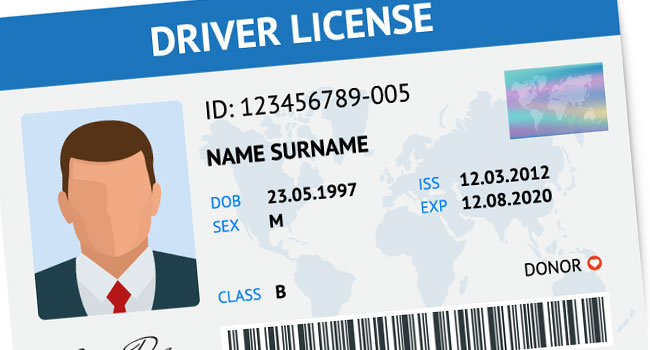
12 Months Remaining Until Full REAL ID Enforcement Deadline
DHS enforcing critical identification requirements to protect the homeland
The Department of Homeland Security (DHS) is reminding Americans that only 12 months remain until the Oct. 1, 2021, REAL ID enforcement goes into effect. On Oct. 1, 2021, persons seeking to enter federal facilities, nuclear power plants or commercial airplanes at federally regulated airports will be required to have a REAL ID compliant license or acceptable alternative identification, such as a U.S. passport or passport card, to gain entry. DHS continues to urge Americans to obtain a REAL ID-compliant card or acceptable alternative well before this deadline.
All 50 states, the District of Columbia, Puerto Rico, the U.S Virgin Islands and Guam are fully compliant and are issuing these cards. To date, the states and territories have issued approximately 110 million REAL ID-compliant driver’s licenses and identification cards, representing 40 percent of all driver licenses and identification card holders.
Having improved credentials is critical to the security of our homeland as evidenced by the bipartisan 9/11 Commission, which discovered that terrorists easily procured driver licenses. The 19 terrorists who attacked our country on 9/11 acquired more than 30 driver licenses and identification cards, which helped the terrorists conduct critical aspects of their plot, such as renting cars and boarding flights.
Passed by Congress in 2005 following a 9/11 Commission recommendation, the REAL ID Act and regulations establish minimum security standards for state-issued driver’s licenses and identification cards and prohibits federal agencies, like the Transportation Security Administration, from accepting licenses and identification cards for official purposes from states that do not meet these anti-counterfeiting and anti-fraud standards after specific deadlines.
To avoid confusion regarding the REAL ID Act requirements and enforcement milestones, residents can use the following guidelines to be fully informed and prepared.
Check your state-issued driver license or identification card for the star. REAL ID-compliant cards have a star marking in the upper left- or right-hand corner. Most acceptable alternatives, such as state-issued Enhanced Driver Licenses (EDLs), which are available in five states and can be used for entering the United States at land and sea border crossings, do not have the star, but are acceptable for official REAL ID purposes. For more information on EDLs, please go to www.dhs.gov/enhanced-drivers-licenses-what-are-they.
Bring identity documents to the airport that are acceptable for flying domestically. Check to see if you have the proper identification to fly at tsa.gov/travel/security-screening/identification. TSA’s website has a list of acceptable forms of identification that individuals may use to verify their identity at the screening checkpoint. If you need to obtain a new form of ID, please allow sufficient processing time before you travel. For example, the current processing times for U.S. passports are approximately 10 weeks for routine service and two to three weeks for expedited service.
Check in advance with the federal agency you plan to visit to find out whether identification is required, and if so, what types of identity documents are acceptable. While most federal agencies will continue to accept non-compliant driver’s licenses and identification cards until the enforcement deadline of Oct. 1, 2021, some – like Department of Defense facilities and posts – may no longer accept them.
Read answers to REAL ID frequently asked questions at www.dhs.gov/real-id-public-faqs.